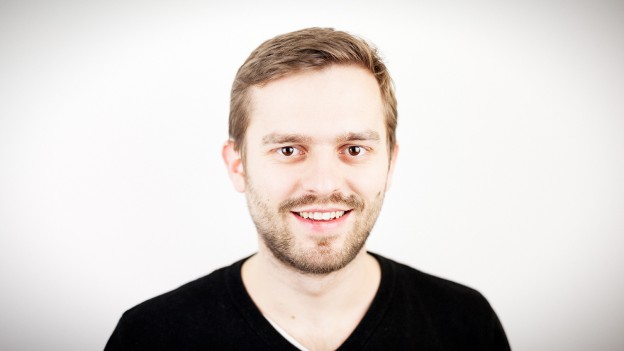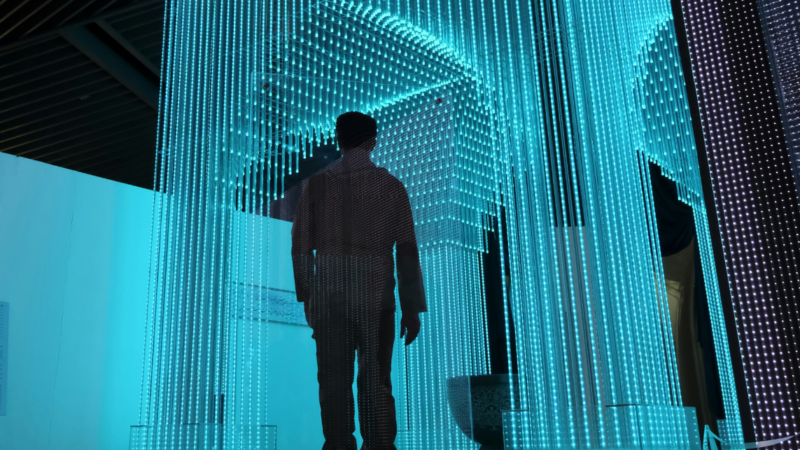Making sense of our connected world

Of Cash and Cat-Content
At the end of June, when the web-video-scene met for their fifth, annual VidCon industry gathering in Anaheim, California, it was made clear that, in regards to contents, dilettante cat-content and fail compilations were not their top priority anymore. Furthermore, it was shown that more and more working business models were developed, which nobody could ignore any longer. Apart from time consuming productions of webshows like Video Game High School, news portals like Le Floid and comedy-shows, you will also find many fashion-, beauty- and food-channels. Not only niche interests are being operated but rather contents for a broad interest group are being produced. When looking at the numbers, the extreme dimension of the most famous online video plattform YouTube is made visible. According to their own statistics, six billion hours of videos are being watched every month and a 100 hours of footage are being uploaded every minute. All of that happening on a portal younger than ten years. Just recently, the most clicked video hit the two billion views mark.
In the meantime, an eco system has been formed around the distribution platform YouTube whose economic relevance is displyed in accordance to the spectacular sale of the multi channel network Maker to Disney for 500 million dollar. Various multi-channel-networks (MCN) with differing orientations have been built in Germany as well. Aside from the start-up foundation of Mediakraft, which raised 16,5 million of funding yesterday and Divimove, Endemol Beyond has emerged as a daughter of the international film- and TV- production company Endemol and Studio 71 as a partner of the TV channel ProSiebenSat1. These MCN’s individually have a few hundred operators of YouTube-channels under contract, offer assistance during the concrete production of the videos, advise in law related matters and acquire, with their expertise, cooperation with the advertising economy, which most channel operators cannot do. As of now, only a very limited number of channel operators can be successfull without a MCN such as the Slingshot-Channel.
These developments are very well regarded so that now, established TV channels try to get a slice of the cake as well. This is why music channel VIVA has recently hired Sami Slimani, one of Germany’s most famous bloggers, as a host in order to make use of his popularity.
But what exactly is the difference between the established TV and new video platforms on the internet? At the first glance, both are distribution channels for motion-picture contents. However, at the second glance, the differences are massive and at the third glance, many things are being put into perspective again. YouTube, like any TV channel, is nothing without its contents. In the end, both can be seen as a technological structure, which can be filled with any content. At the second glance, a wide spread of differences is shown. The online platform offers very detailed analysis methods, which mainly serve as a communication tool of content between producer and consumer, as well as provides precise instruments for companies that apply advertisement in the surrounding of the video. A dream seems to come true for the advertising industry. Until then they were dependent on quota measuring in order to determine the grasp and precision of their advertisement placements. On YouTube, campaigns can be easily operated on the basis of contents, user demographics and other criteria. This aspect is of course a strategy of the parent company Google to direct the advertising budget from classic television on to their own platform. The technical possibilities, which result from the distribution in the web, also serve as a feedback channel for viewers. They offer much better and more comprehensive communication possibilities than the oldschool the letter to an editorial office of a TV channel. The close connection between users and producers is no longer just a technical add on but rather has a big meaning concerning the production of content. This is underlined by having to adapt the methods of production in order to be successful. Watchtime is the key word and outlines the basis for the monetization of contents. For production, this means that contents need to be designed in a way to ensure that viewers are invited to engage in interaction and that a constant dialogue with the user is guaranteed.
At the first glance, these possibilities seem to represent fundamentally new developments. Of course editors of TV channels used to acknowledge and think about how viewers absorb contents and answer to letters from the audience, however, not in so much depth and much slower.
The big question that arises now is concerned with the relationship between established distribution channels and new forms of distribution on the internet and their future development. Is it a question of a disruptive innovation, as Clayton Christensen describes, on the basis of many examples from other industries, in his often quoted book “Innovator’s Dilemma”? With this term, Christensen describes technological innovations, which on one hand outperform quality and functionality of establishes technologies and on the other hand underbid prices of established technologies which then leads to a change in the established technologies. In the meantime, the term has been spread to an extent that almost every start up company accepts to use this term with pleasure and that historian Jill Lepore describes it as a critic leading theme of the present.
Against this background, the established distribution channels are facing a difficult future. These will probably not be eliminated completely as argueable by means of a legitimacy, which announces that “no socially established instruments of the information- and idea-exchange can be replaced or eliminated completely by other instruments, which join over the years.”[1] Even though this idea arose during the beginning of the 20th Century and could not foreshadow that many developments, it does show that the teletext still exists even though its height has been long gone by.
For the record: the motion-picture industry resides in difficult times as well and its future development is hard to foresee. That not even Youtube can reach all its targeted goals, is made clear in these numbers.
1. http://en.wikipedia.org/wiki/Riepl%27s_law
2. Image: flickr, Marina del Castell, Mother
This post is part of a weekly series of articles by doctoral candidates of the Alexander von Humboldt Institute for Internet and Society. It does not necessarily represent the view of the Institute itself. For more information about the topics of these articles and associated research projects, please contact presse@hiig.de.
This post represents the view of the author and does not necessarily represent the view of the institute itself. For more information about the topics of these articles and associated research projects, please contact info@hiig.de.

You will receive our latest blog articles once a month in a newsletter.
Research issues in focus
AI at the microphone: The voice of the future?
From synthesising voices and generating entire episodes, AI is transforming digital audio. Explore the opportunities and challenges of AI at the microphone.
Do Community Notes have a party preference?
This article explores whether Community Notes effectively combat disinformation or mirror political biases, analysing distribution and rating patterns.
How People Analytics can affect the perception of fairness in the workplace
People Analytics in the workplace can improve decisions but may also heighten feelings of unfairness, impacting employee trust and workplace relationships.




